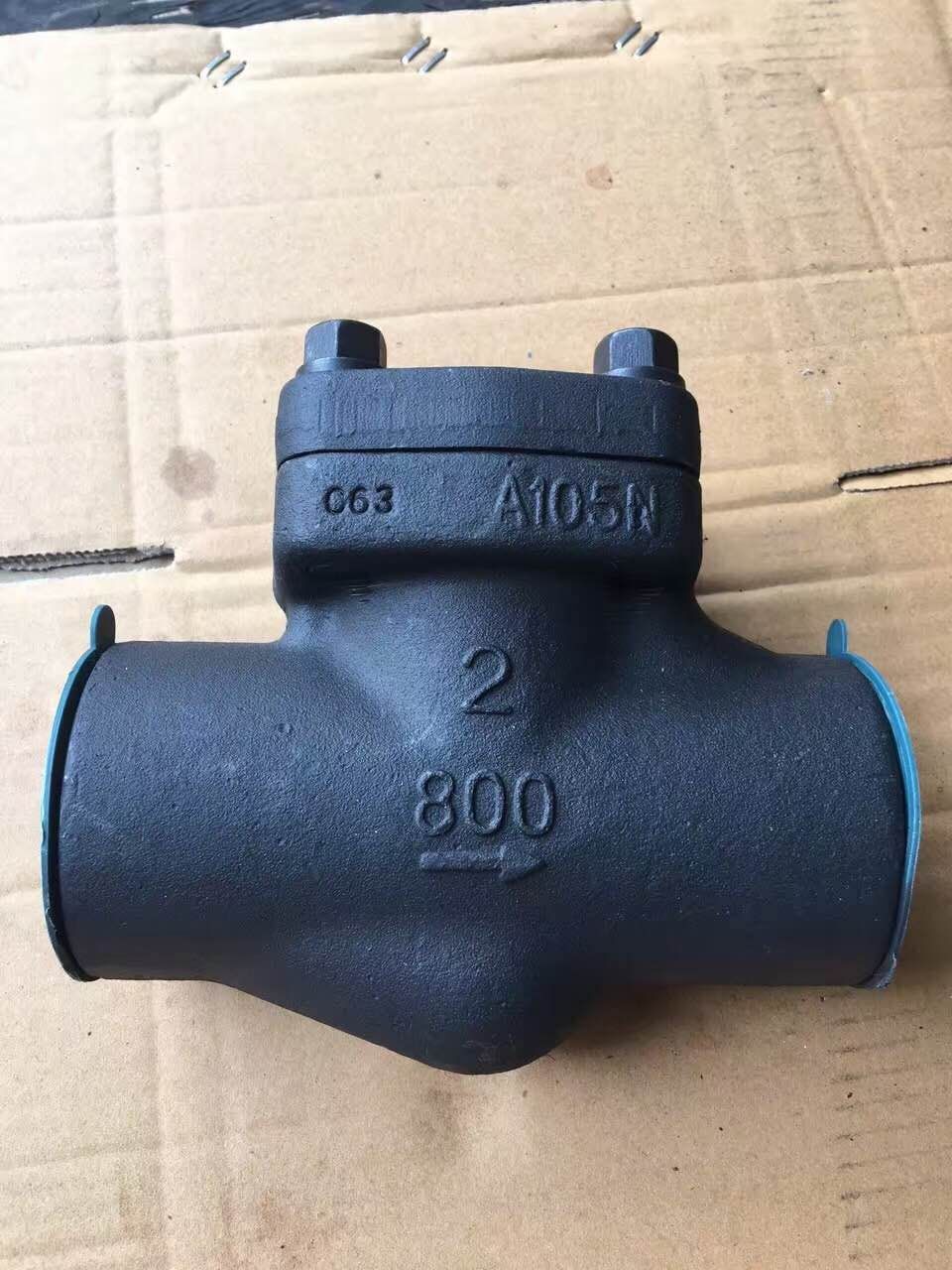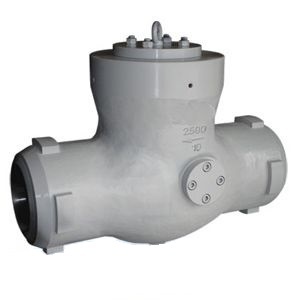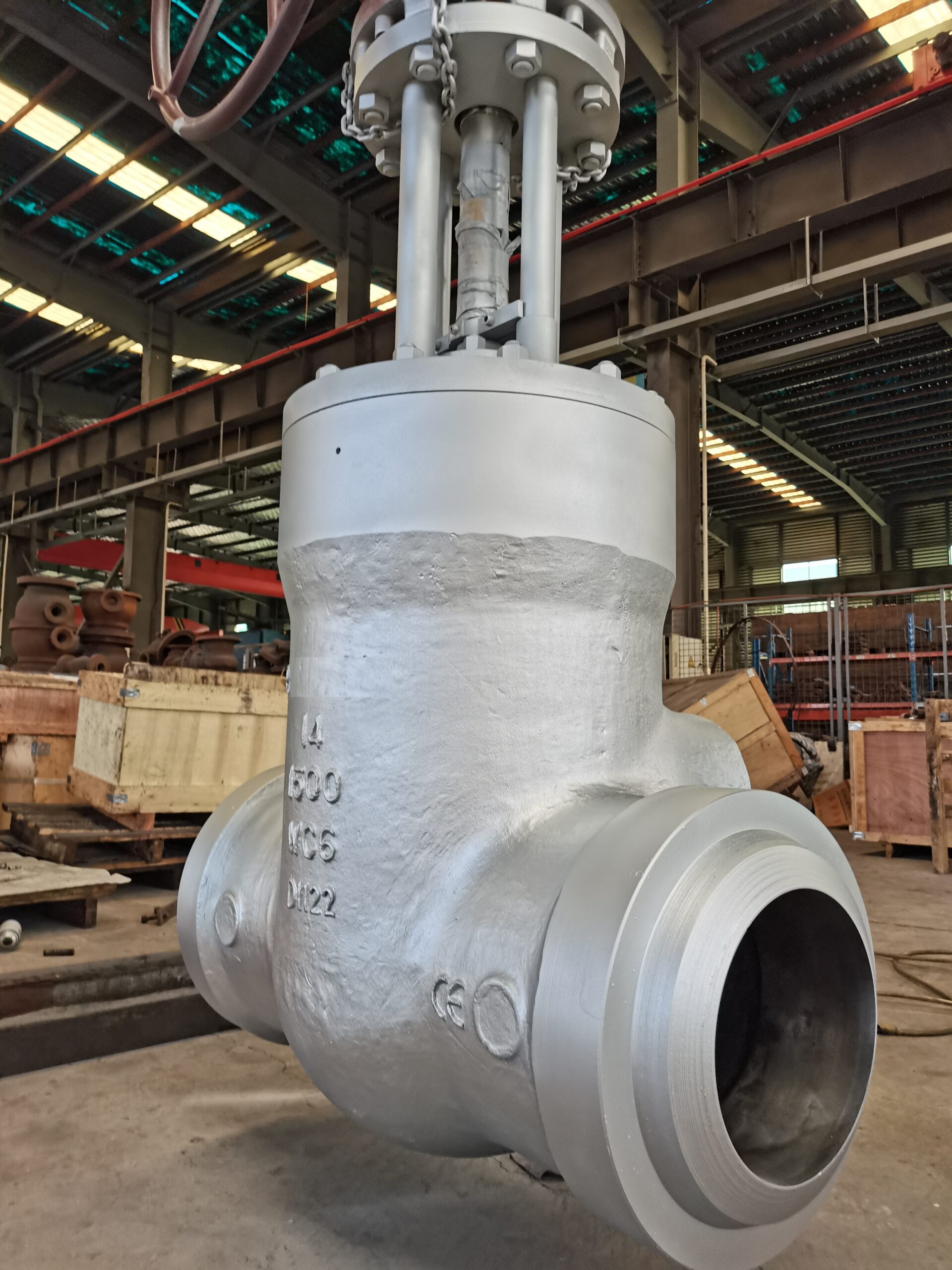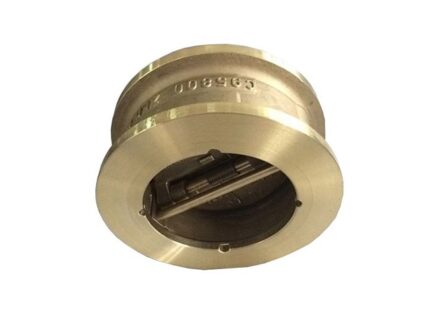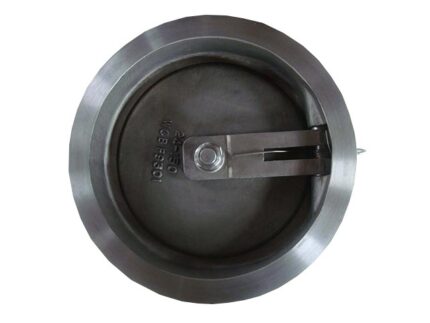API602 Swing Check Valve
A swing check valve is a simple device designed for the one-way flow of a liquid or gas. It has a disc that swings on a hinge, opening to allow fluid to flow in, then closing to prevent backflow. Swing check valves are designed in a variety of sizes with different features to suit specific application types. There are also some slight variations on the swing design that better suit particular situations.
Swing check valves have many uses, from sewage systems and wastewater treatment to firefighting, power plants, and various household items. One of the most commonly known examples of this valve type is the swing check valve that allows water to enter a toilet’s tank while blocking the reverse flow. Swing check valves best suit pipes that receive a steady flow of fluid. Repeated instances of sudden pressure changes may damage swing check valves and result in leaking (referred to as passing) because the valve cannot seal correctly against the seat.
-Design Standard:API 602
-End Connection: Flanged end (ASME B16.5,ASME B16.47,B16.11,B16.25,MSS-SP-44,EN 1092-1, and),Butt welded end(ASME B16.25,EN 12627,SW,THREAD
-Face to face:ASME B16.10, EN 558
-Test Standard: API598
-Size:NPS 1/2″~2″
-Pressure: 150LB ~2500LB
-Body Material: Carbon Steel,Alloy Steel,Stainless steel,Duplex Steel,Bronze,etc
-Trim Material:1#/5#/8#/10#/12#,etc
-Bonnet Type:Bolted bonnet,Pressure seal bonnet(PSB),Welded bonnet.
-Operation:Self Acting
-Port: Full port or reduced port design.

 Steel Valve
Steel Valve Gate Valve
Gate Valve Iron Valve
Iron Valve Fittings and Accessaries
Fittings and Accessaries
